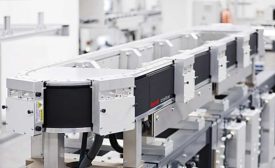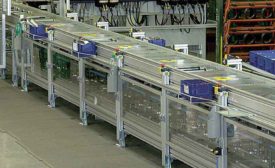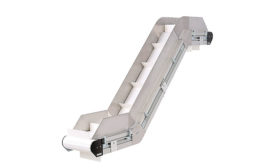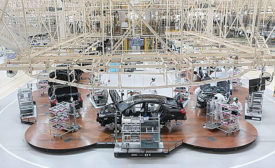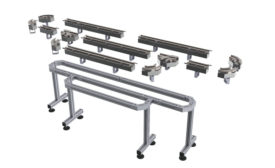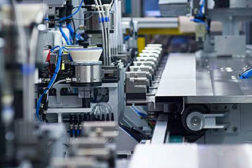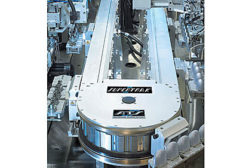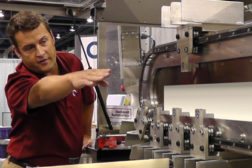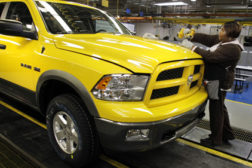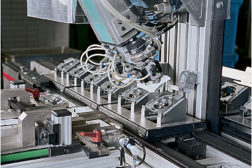Home » assembly conveyors
Articles Tagged with ''assembly conveyors''
New products feature flexibility and energy efficiency
Read More
Innovative Conveyors Maximize Use of Space
New conveyor technologies are giving plant managers more options to make better use of existing space.
September 8, 2016
Linear Motors Revolutionize Conveyance
Linear motor transport systems are entering the mainstream of assembly automation.
April 1, 2014
Belts, Rollers or Chains?
Engineers have three options for moving a pallet down an assembly line.
February 6, 2013
Never miss the latest news and trends driving the manufacturing industry
Stay in the know on the latest assembly trends.
JOIN TODAY!Copyright ©2025. All Rights Reserved BNP Media.
Design, CMS, Hosting & Web Development :: ePublishing
